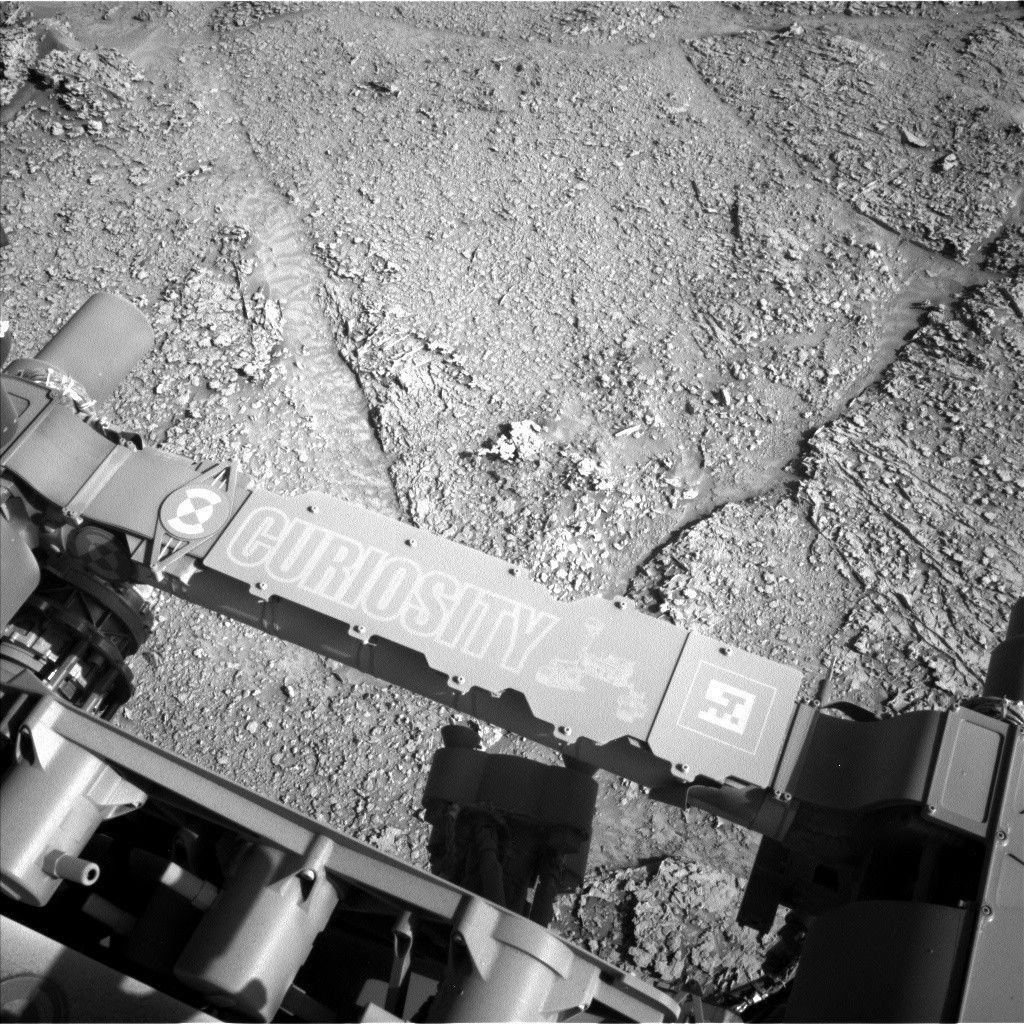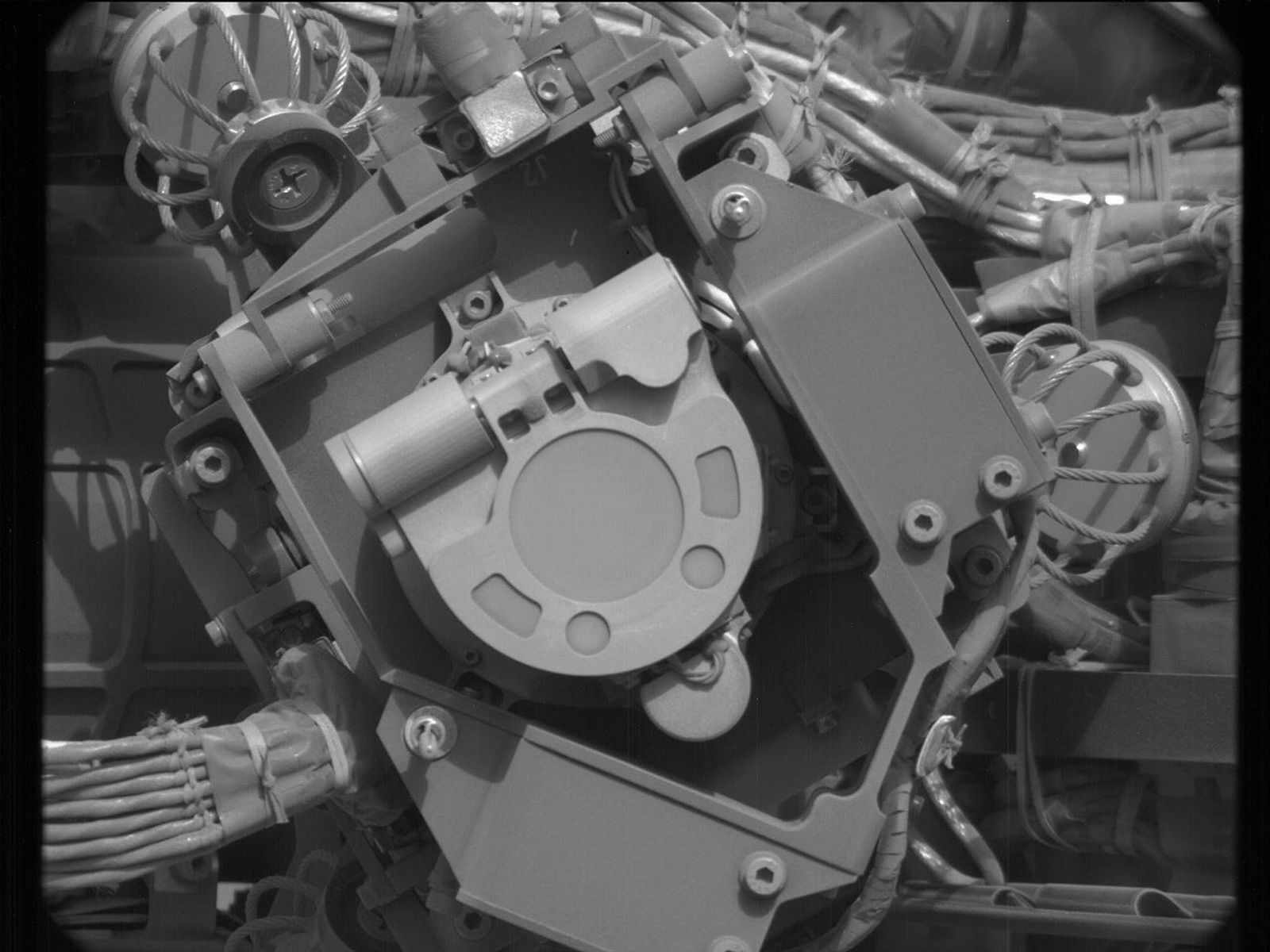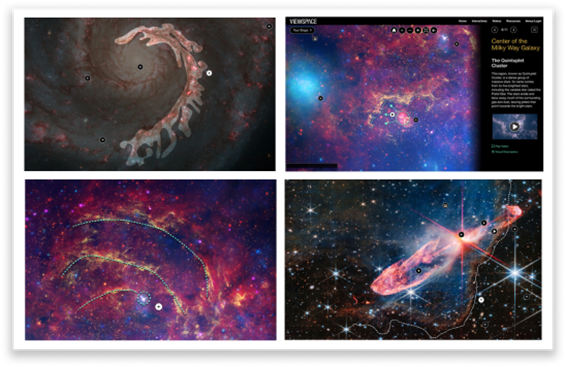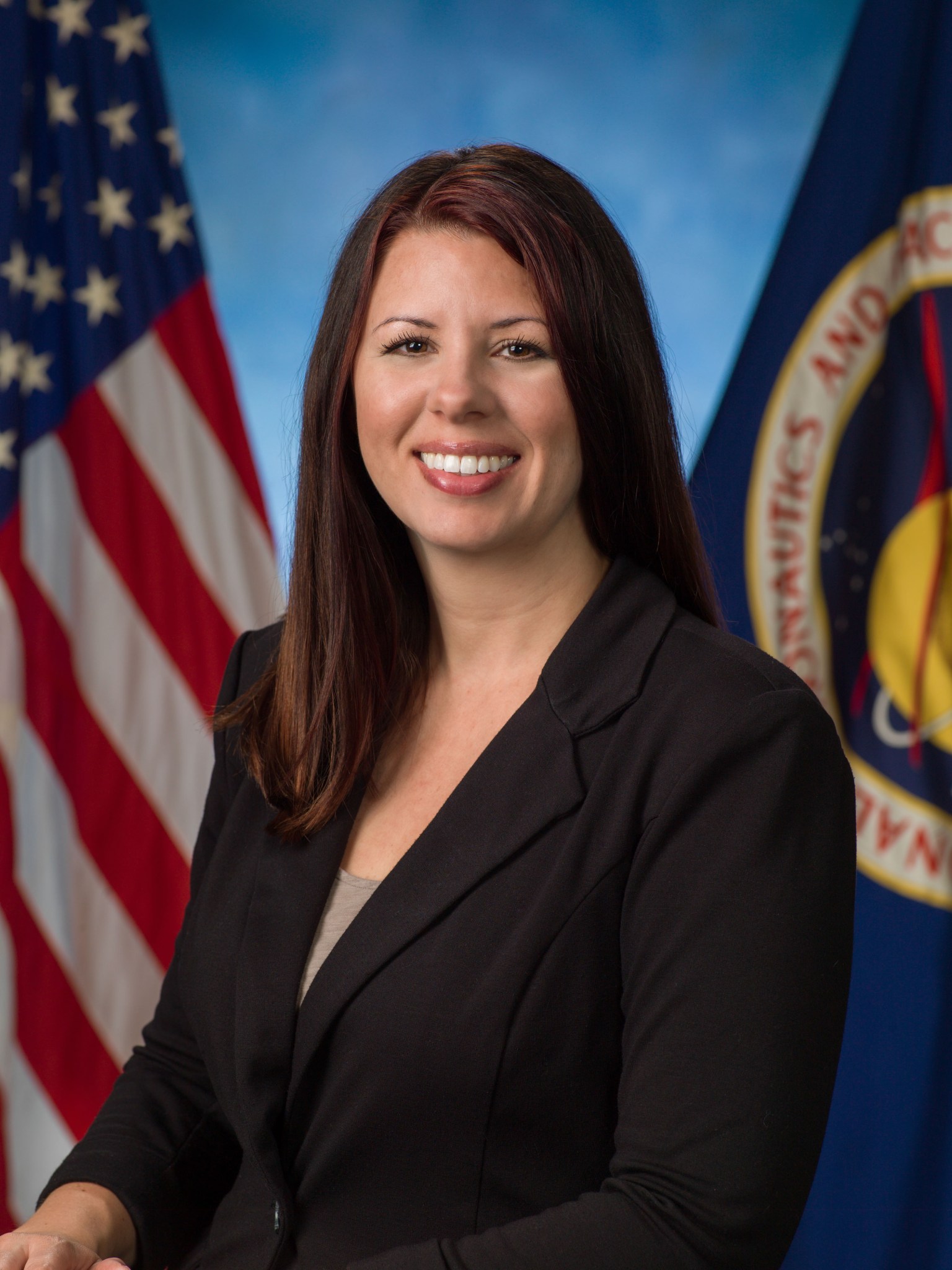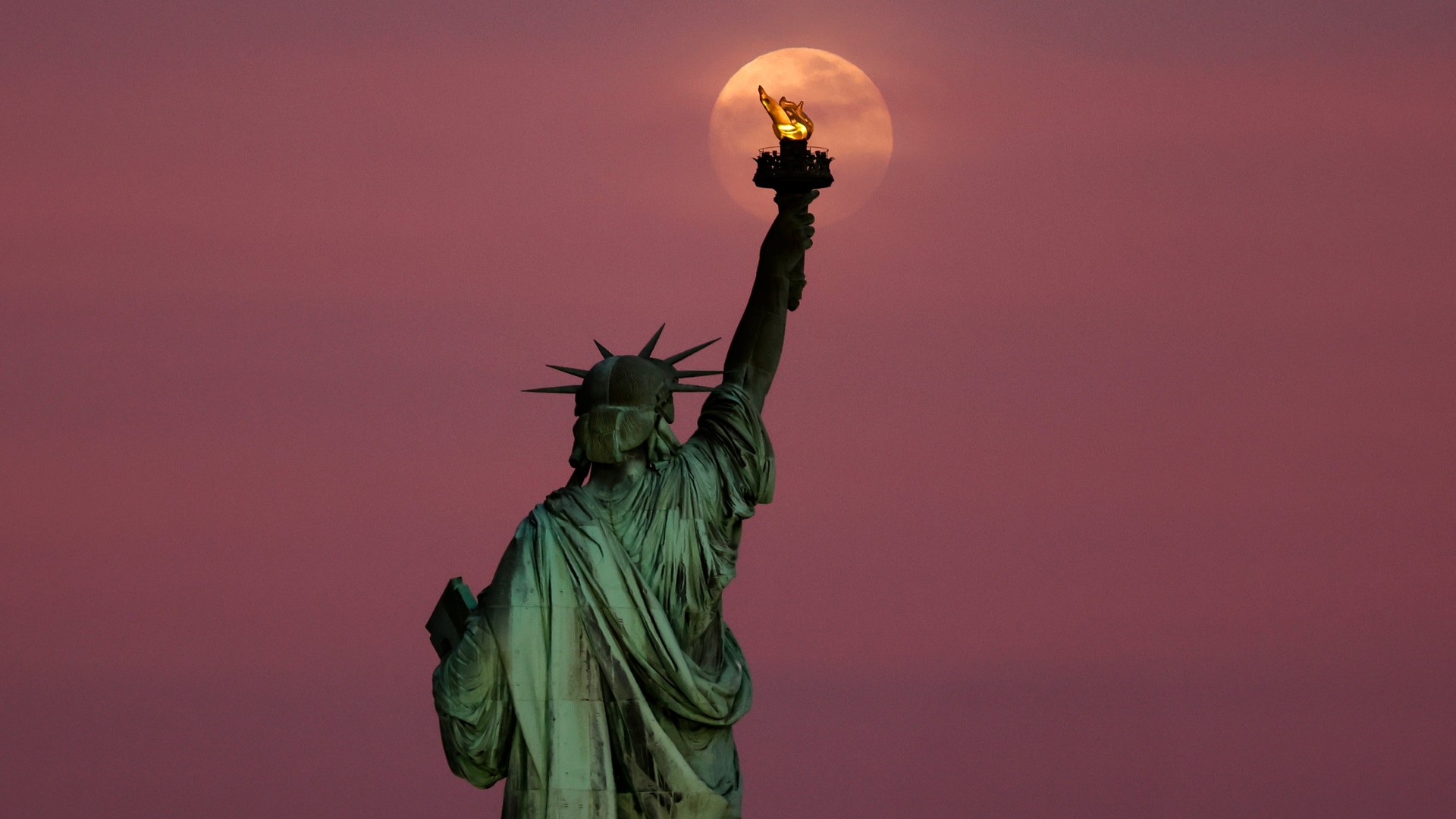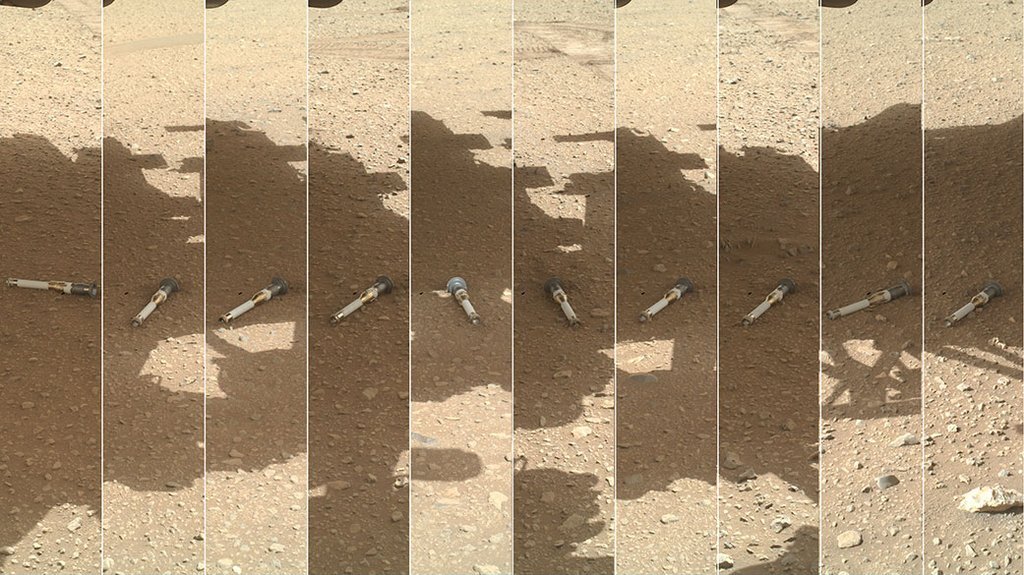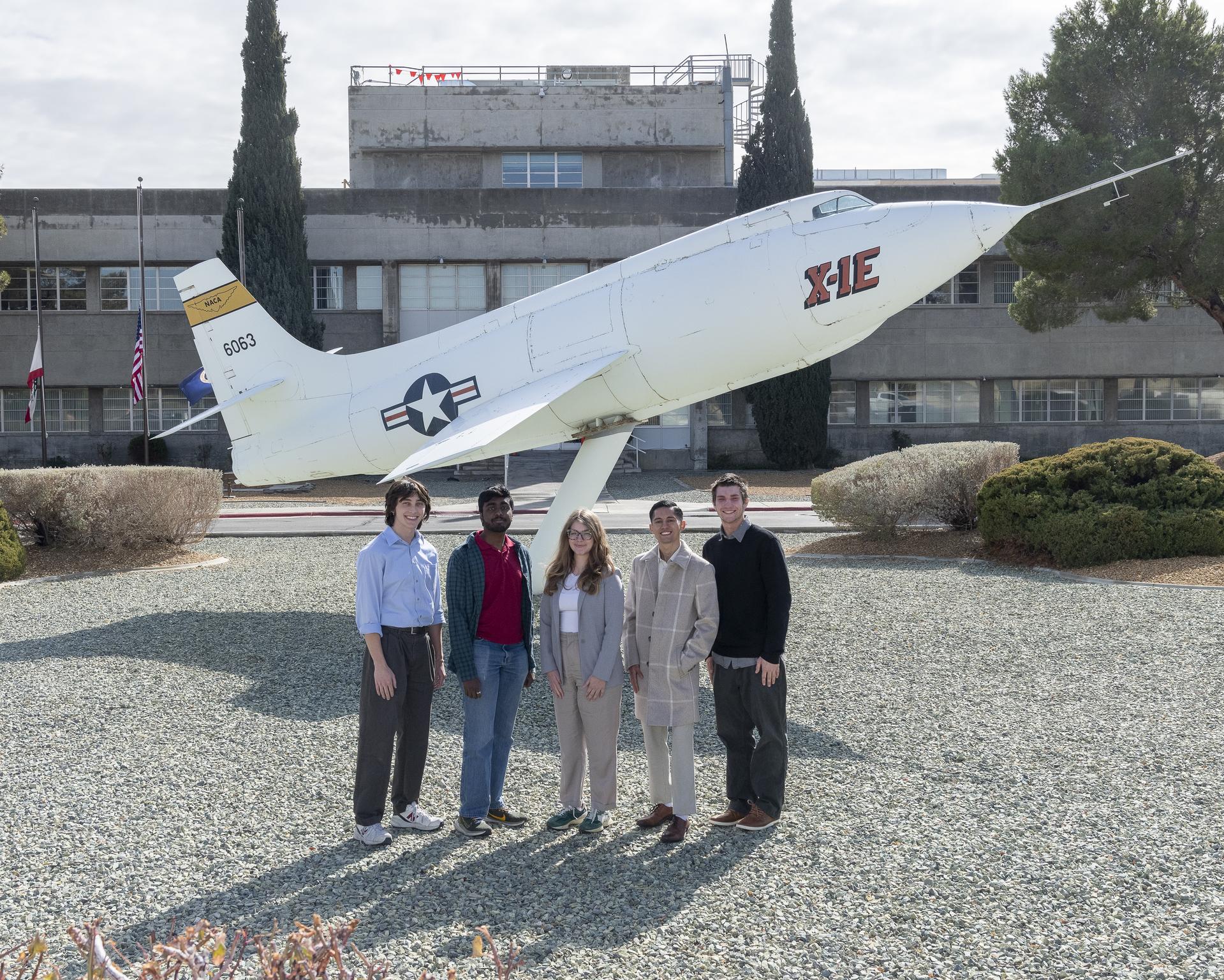Curiosity Navigation Curiosity Home Mission Overview Where is Curiosity? Mission Updates Science Overview Instruments Highlights Exploration Goals News and Features Multimedia Curiosity Raw Images Images Videos Audio Mosaics More Resources Mars Missions Mars Sample Return Mars Perseverance Rover Mars Curiosity Rover MAVEN Mars Reconnaissance Orbiter Mars Odyssey More Mars Missions Mars Home 1 min read Sols 4539-4540: Back After a Productive Weekend Plan NASA’’s Mars rover Curiosity acquired this image using its Left Navigation Camera on May 11, 2025 — Sol 4537, or Martian day 4,537 of the Mars Science…
Read MoreCategory: Nasa
Nasa
Sols 4536-4538: Dusty Martian Magnets
Curiosity Navigation Curiosity Home Mission Overview Where is Curiosity? Mission Updates Science Overview Instruments Highlights Exploration Goals News and Features Multimedia Curiosity Raw Images Images Videos Audio Mosaics More Resources Mars Missions Mars Sample Return Mars Perseverance Rover Mars Curiosity Rover MAVEN Mars Reconnaissance Orbiter Mars Odyssey More Mars Missions Mars Home 2 min read Sols 4536-4538: Dusty Martian Magnets NASA’s Mars rover Curiosity acquired this image, used to inspect the magnet on its MAHLI (Mars Hand Lens Imager), a camera on the turret of tools at the end of…
Read MoreHi-Rate Composite Aircraft Manufacturing Project 2025 Spring Review
1 min read Preparations for Next Moonwalk Simulations Underway (and Underwater) Advanced Composites Consortium team members gathered during May 2025 at NASA’s Langley Research Center in Virginia for a technical review of activities in the Hi-Rate Composite Aircraft Manufacturing project. NASA NASA and its partners in the Advanced Composites Consortium gathered at the agency’s Langley Research Center in Hampton, Virginia, on April 29-May 1, 2025. Team members from 22 organizations in the public-private partnership are collaborating to increase the production rate of composite aircraft, reduce costs, and improve performance. The…
Read MoreTake a Tour of the Cosmos with New Interactives from NASA’s Universe of Learning
Explore This Section Science Science Activation Take a Tour of the Cosmos with… Overview Learning Resources Science Activation Teams SME Map Opportunities More Science Activation Stories Citizen Science 4 min read Take a Tour of the Cosmos with New Interactives from NASA’s Universe of Learning Ready for a tour of the cosmos? NASA’s Universe of Learning has released a new, dynamic way for lifelong learners to explore NASA’s breathtaking images of the universe—ViewSpace interactive Image Tours. ViewSpace has an established track record of providing museums, science centers, libraries, and…
Read MoreLightning in Southeast Asia
Astronaut Don Pettit took this nighttime photo while the International Space Station orbited near the Andaman Sea in Southeast Asia.
Read MoreModern-day alchemy! Scientists turn lead into gold at the Large Hadron Collider
For centuries, alchemists dreamed of turning lead into gold — not through magic, but by unlocking the hidden potential within metals themselves. While their methods never panned out, those of modern science finally have. Researchers at the Large Hadron Collider (LHC) — the world’s largest and highest-energy particle accelerator — have observed a real-life transmutation of lead into gold. But this transformation didn’t come from direct collisions, as was previously observed. Instead, it emerged through a new mechanism involving near-miss interactions between atomic nuclei. The LHC was built to accelerate…
Read MoreAubrie Henspeter: Leading Commercial Lunar Missions
As NASA partners with American industry to deliver science and technology payloads to the Moon, a dedicated team behind the scenes ensures every mission is grounded in strategy, compliance, and innovation. Leading that effort is Aubrie Henspeter, who advises all aspects of procurement for NASA’s Commercial Lunar Payload Services (CLPS) initiative—one of the cornerstone projects supporting the Artemis campaign. Official portrait of Aubrie Henspeter. NASA/Bill Stafford With 20 years at NASA, Henspeter brings multifaceted experience to her role as CLPS procurement team lead in the Lunar & Planetary Exploration Procurement…
Read MoreMay’s full Flower Moon delights skywatchers worldwide with stunning lunar display (photos)
May’s full ‘Flower Moon’ bloomed brightly on May 12, dazzling stargazers with a spectacular display of reflected luminance. Named for the colorful wildflowers that bloom across North America and Europe this time of year, the May full moon is also known as the Milk Moon, Hare’s Moon, or Corn Moon over the centuries, according to NASA. Regardless of what you call it, a full moon is catnip to the astrophotography community — and his one was no exception. Photographers around the world turned out in force to capture stunning compositions…
Read MoreTrump’s 2026 budget plan would cancel NASA’s Mars Sample Return mission. Experts say that’s a ‘major step back’
NASA’s Perseverance Mars rover has been on the prowl within Jezero Crater following its touchdown in February 2021. That car-sized robot has been devotedly picking up select specimens from across the area, gingerly deploying those sealed pick-me-ups on the Red Planet’s surface, as well as stuffing them inside itself. Those collectibles may well hold signs of past life on that enigmatic, dusty and foreboding world. NASA and the European Space Agency (ESA) have for years been intently plotting out plans to send future spacecraft to Mars and haul those Perseverance-plucked…
Read MoreLas carreras en la NASA despegan con las pasantías
5 min read Preparations for Next Moonwalk Simulations Underway (and Underwater) La clase de pasantía 2025 del Centro de Investigación de Vuelo Armstrong de la NASA en Edwards, California, frente al histórico avión X-1E expuesto en el centro. De izquierda a derecha, los estudiantes: Tyler Requa, Gokul Nookula, Madeleine Phillips, Oscar Keiloht Chavez Ramirez y Nicolas Marzocchetti. NASA/Steve Freeman Read this story in English here. ¿Sueñas con trabajar para la NASA y contribuir a la exploración y la innovación en beneficio de la humanidad? Los programas de pasantías de la agencia…
Read More